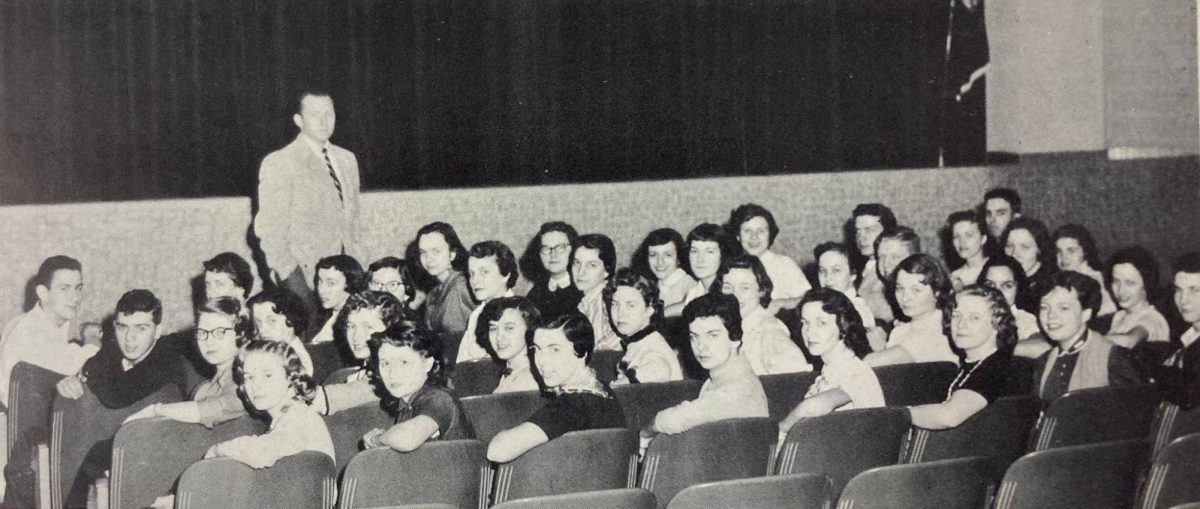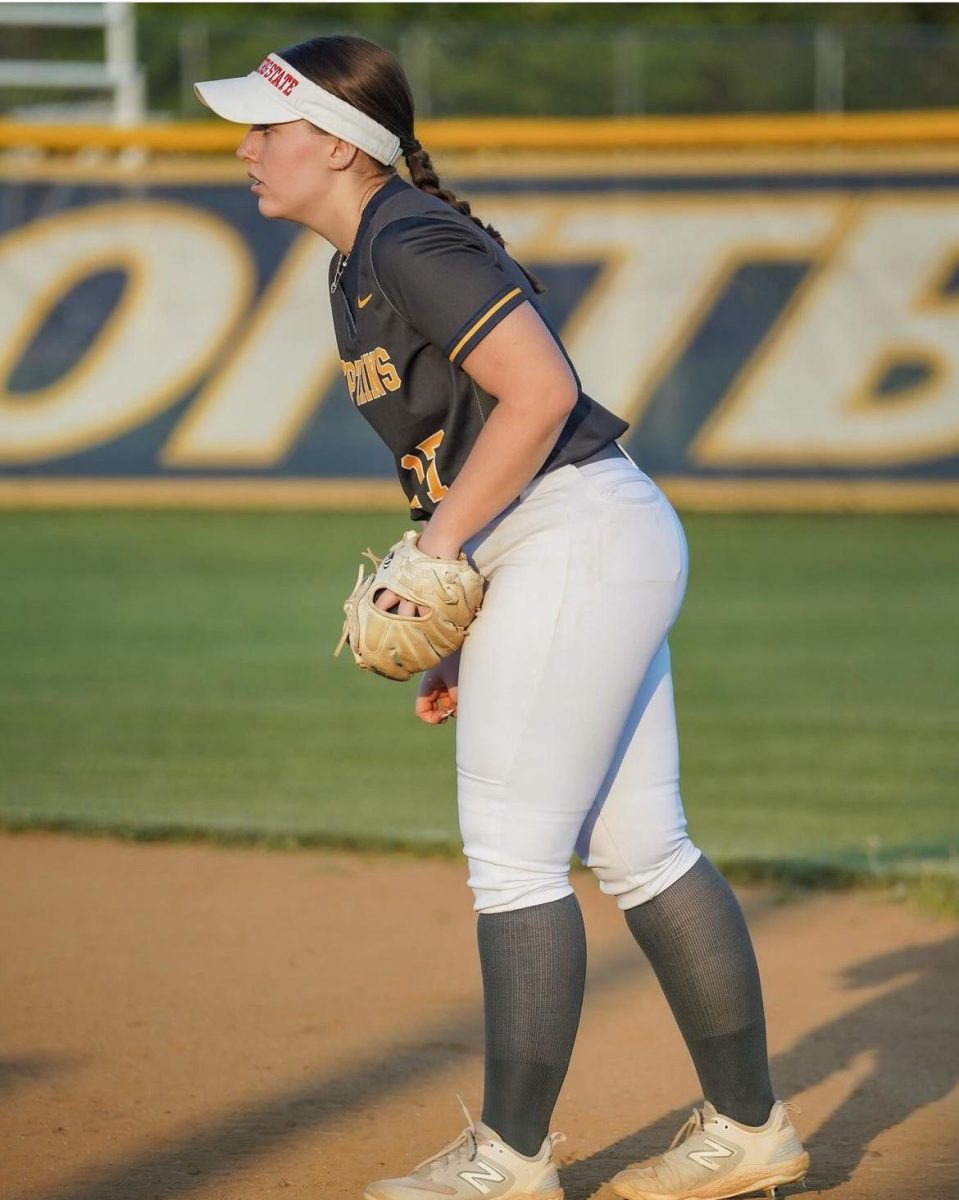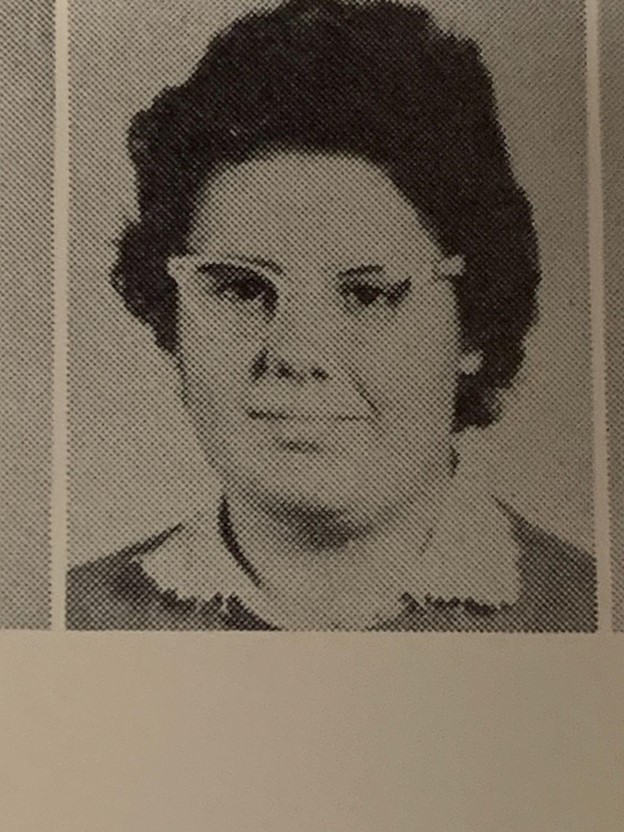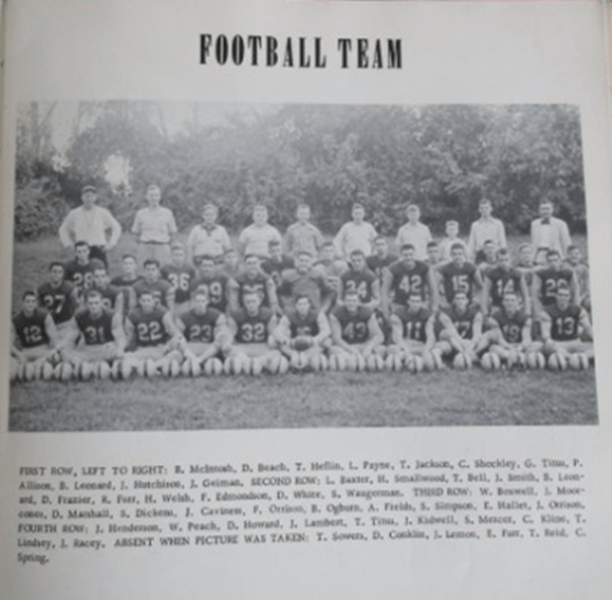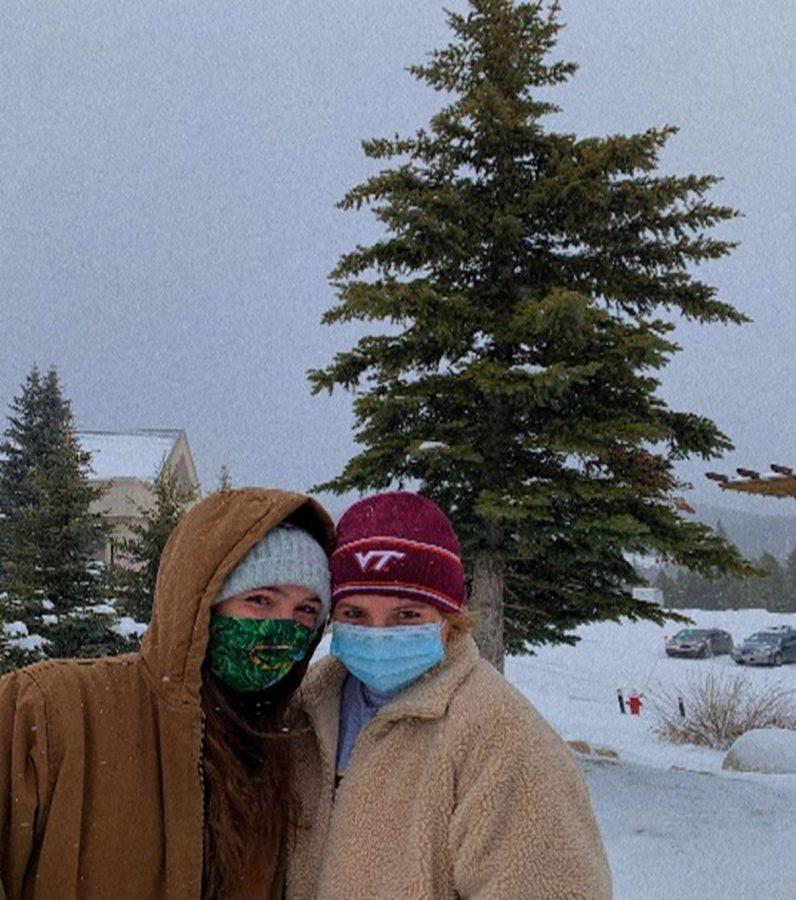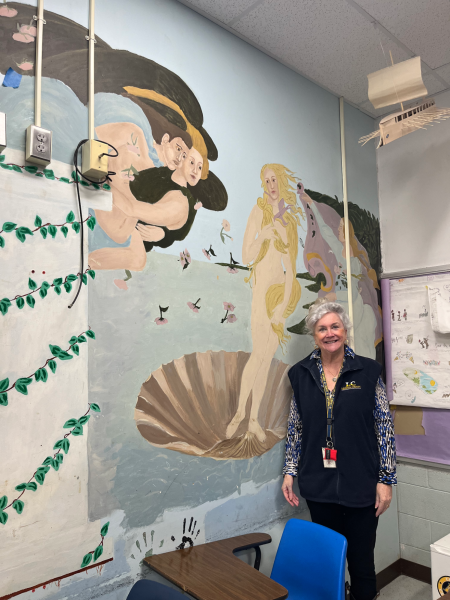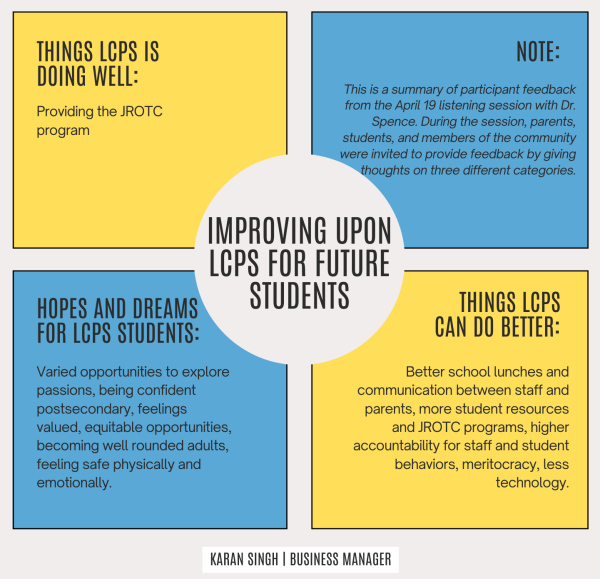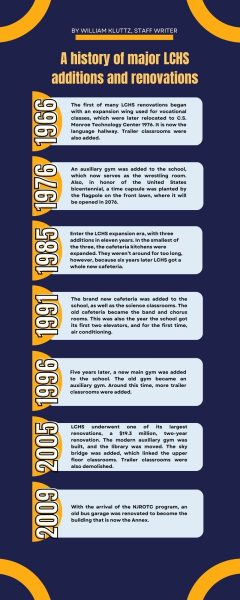LOUDOUN COUNTY EMPLOYS FIRST SERVICE DOG
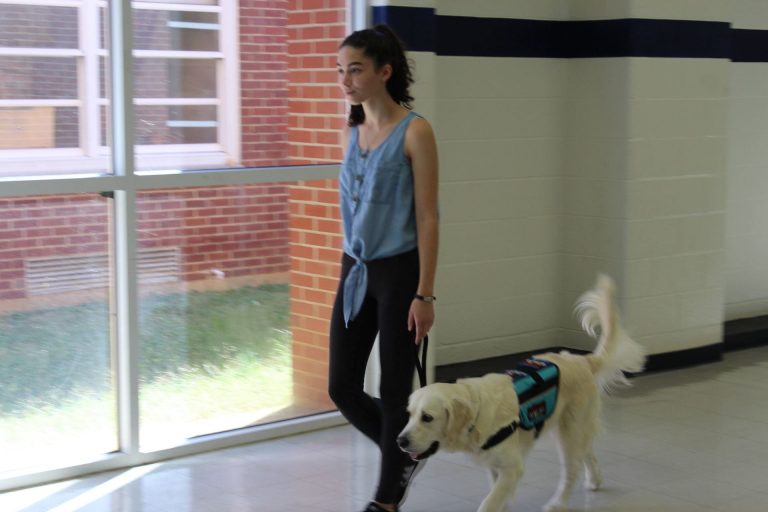
Students traveling the halls may hear the typical sounds of high school: shuffling feet, happy banter, zipping backpacks, beeping phones. But this year, there is a new addition: the patter of paws. For the first time in history Loudoun County High School has a service animal, a medical alert dog. The dog, whose name is kept anonymous for privacy reasons, is an essential aid for senior Kayla Elahi throughout the school day.
Elahi was halfway through high school when she was diagnosed with an aggressive case of POTS (postural orthostatic tachycardia syndrome.) POTS is a condition in which a change from lying to standing causes an abnormally large increase in heart rate. Students with POTS may have difficulty paying attention in classes because of frequent brain fog, and they may struggle in school because of frequent fainting and having to leave classes.
After countless doctors’ treatments failed, Elahi was left with a tough question: how will I continue to attend public school?
“I can’t have a person holding my hand waiting for me to have issues, so the next best option was to train a medical alert service animal,” said Elahi.
Elahi got her dog from a breeder specifically for the purpose of being a service dog. This way she knows her dog’s history, and her dog is “bulletproof” to do the job. The eight week old puppy began training at home for one year, followed by a two week training with a professional to solidify obedience. The dog’s first time in public was during this past March to begin general service.
“By the time she was going in public she was so ready,” Elahi said. “Some service dogs can take up to three years to train.”
Elahi admits that this year has required more responsibility because a dog is like a toddler, you must watch out for them and make sure they’re comfortable; however, LCHS is now a safer place for Elahi. She said that during her junior year she was constantly anxious about hitting her head, or falling somewhere.
“Not everybody with an illness needs a seizure alert dog, it’s the people that are disabled and can’t do any of the major life functions without the assistance of a dog,” stated Elahi.
Elahi’s service animal tells her before she passes out by smelling pheromone changes and looking at physical cues. The dog also conducts deep pressure therapy to regulate Elahi’s autonomic nervous system after she’s having issues or after she passes out.
“Last year I was passing out all over the hallways and getting wheeled out,” said Elahi. “This year is so much better because I’m not at risk anymore. She prevented a hospital visit a week ago. She’s doing her job great.”
In the hallways Elahi’s dog gets the most commotion and attention, while in the classroom the dog is overlooked—intentionally—by the classmates. In an announcement at the beginning of the school year, Principal Michelle Luttrell reminded students that the service dog is here to provide a medical service to a student and is not to be pet or addressed. Overall, the student body has understood and complied.
The dog was only pet once, according to Elahi. “Someone yelled ‘the dog!’ and everyone started screaming at him, so the whole student body really understands,” Elahi confirmed.
According to history teacher Tracy Cody, “Having the dog in class is like she’s not even there. She just walks in with Kayla and minds her own business.”
Elahi gives her dog treats as a form of paycheck, because she wants the dog to associate this place as positive and welcoming. Luckily, her dog loves people and enjoys seeing them pass in the halls.
Elahi’s service dog has been a turnaround for the better. “This year I don’t feel as alone walking in the hallways,” Elahi revealed. “I feel so much more independent and confident because I know to help myself out beforehand.”

Michaela Scott is a twelfth grade student at Loudoun County High School, and is currently enrolled in her third year on the newspaper staff. This is her...



